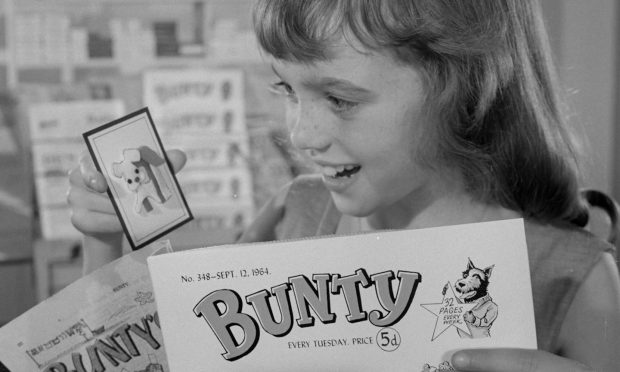
Can you imagine Don Draper pitching advertising ideas for The People’s Friend? Well, that image might not be too far from the truth…
The discovery of a pile of 80 film canisters in the basement at DC Thomson’s Kingsway office has revealed old television adverts for magazine titles from the late 1950s onwards.
Showcasing titles such as The People’s Friend, Bunty, Jackie, Hotspur, and Bimbo, the ads were made in the golden age of advertising that inspired TV drama Mad Men as the publishers became an early adopter of the new medium of commercial television.
After years of work piecing them together and digitising the footage, some of the films are being shown as part of an event at Glasgow’s Kelvin Hall later this month.
Putting together the pieces
“It’s such an archive stereotype, but it was literally from dusty boxes that these came to light,” explained Barry Sullivan, Assistant Archivist for DC Thomson.
“They’re absolute gold. When you get this sort of stuff, the danger is it’s either damaged because of where it’s been stored, or it’s just not any good. But this has exceeded our expectations.”
The DC Thomson archives team partnered with the National Library of Scotland’s Moving Image Archive (MIA) in a collaborative project to share knowledge and make the most of what became an important find.
Barry worked alongside Kay Foubister, the MIA’s Acquisitions Curator, and film technician Sophie Tupholme to help date when the footage came from and then piece it all back together. “It was a big jigsaw puzzle to bring it physically together,” Kay said. “It took about six months for the technician to get through.
“Each tiny little roll; is it a scrap or a bit that was cut off or is it five copies of the same advert but damaged in different places? Where’s the sound, is it mute?
“I think there’s something like 520 entries on an individual little roll and then you have to match up pictures and sound. There were different versions, some said ‘on sale Monday’ or some ‘on sale now’. There’s a lot of work to piece it all together.”
The historic adverts
In total, there are 93 different adverts, dating from the late 50s and early 60s. Some are set in the kitchen, showing housewives using free gifts attached to The People’s Friend or My Weekly.
Others show a range of gifts given away with copies of kids’ titles, such as a boomerang with Topper, bubble bath and an Elvis pin-up picture with Jackie, bracelets with Bunty and football cards with Hotspur.
One even shows a policeman on the beat getting startled by a mischievous young boy with a free toy “thunderbang” he got with that week’s Dandy.
With few from the time in the NLS collection, this treasure trove contains some of the earliest surviving TV adverts from this period.
“We’re excited about this collection because commercial television only started in the late 1950s in Scotland,” Kay said. “To have the original adverts is brilliant. It just takes you back to a whole different time in your life.
“I got the Bunty annual when I was a kid. That was a staple for Christmas. My mum took My Weekly and my granny had The People’s Friend.
“It’s replicated in so many households across Scotland as part of our culture and ordinary, everyday lives. I remember cutting out the Bunty doll and putting her little clothes on her. There’s a lot of joy that gets brought back by just seeing a tiny 30-second advert.”
Most of the adverts seemed to relate to titles being launched or the free gifts included to help increase sales.
“Girls got their little rings and bangles, boys had footballs and things that made a noise,” Kay explained. “They knew exactly what would sell. For the women’s magazines, it’s all the domestic front; an egg whisk, a scissor sharpener, sewing kits.
“They knew their audiences and what sold, but also the practicalities, what’s light, what’s easy to attach to a magazine?”
‘A masterclass in advertising’
The films will be launched this month on the NLS catalogue and website, and Barry will host a talk based on the women’s magazine adverts at the MIA in Glasgow on September 25.
A keen film enthusiast, he relished digging into the adverts and their backstories, as well as their impact in raising DC Thomson’s sales.
“Some of them are actually a masterclass in advertising,” Barry said. “They work so hard on behalf of the product that you’re in no doubt about what you’re getting, how much it costs and when it comes out. That’s what you want from an advert and from a technical perspective it’s really clever.
“This was at a time when this was, certainly in this country, a new art form. People were still finding their feet with this medium. America had a head start, so I think they would look across the pond for inspiration.”
There was plenty of creativity used to overcome the technical and budget limitations – and working with children – in the 15-30 second films.
“Over the course of that nine years you can see how it evolves as an art form and actually see the changes in society creep in as well,” Barry added. “You very quickly go from a Romeo advert, which is quite static and has lots of received pronunciation, to something altogether more casual and funky.
“A lot of what we see in these adverts still applies. If you’re putting stuff onto TikTok and trying to monetise that, it’s exactly the same process. Get your message across, reiterate, and draw people in. Not a lot has changed.”
Mad Men link
DC Thomson had previously been innovators using film. In 1911, world-famous production company Gaumont were commissioned to celebrate The Courier’s 50 years as a daily newspaper in a movie which showed every step of the paper’s production, from the reporters to the print room.
A few decades later, when adopting TV advertising, the board approached another big name firm, Mather & Crowther.
“These guys had been around since 1850, so they were well-established and not a cheap option,” Barry said.
“It means we’ve got a connection to the golden age of advertising. Mather & Crowther retrospectively became famous because they were the people who gave David Ogilvy his first break in advertising in the 1930s, and he was the inspiration largely for Mad Men.
“This guy actually bought over Mather & Crowther round about the same time as DC Thomson was working with them.
“They seem to have done a really good job because I’ve seen the sales figures for these things and for the most part they worked. A company bearing Ogilvy’s name is still around, an icon in advertising. It’s nice we have that connection and I’d love to find out more,” added Barry.
The adverts will join thousands of hours of footage collected in the MIA, from their earliest film of Queen Victoria at Balmoral in 1896 to the TikToks of today’s young content creators.
On Sale Tomorrow! The early Comic and Magazine TV advertising of DC Thomson, Kelvin Hall, Glasgow, Sept 25. Tickets and info here.

Enjoy the convenience of having The Sunday Post delivered as a digital ePaper straight to your smartphone, tablet or computer.
Subscribe for only £5.49 a month and enjoy all the benefits of the printed paper as a digital replica.
Subscribe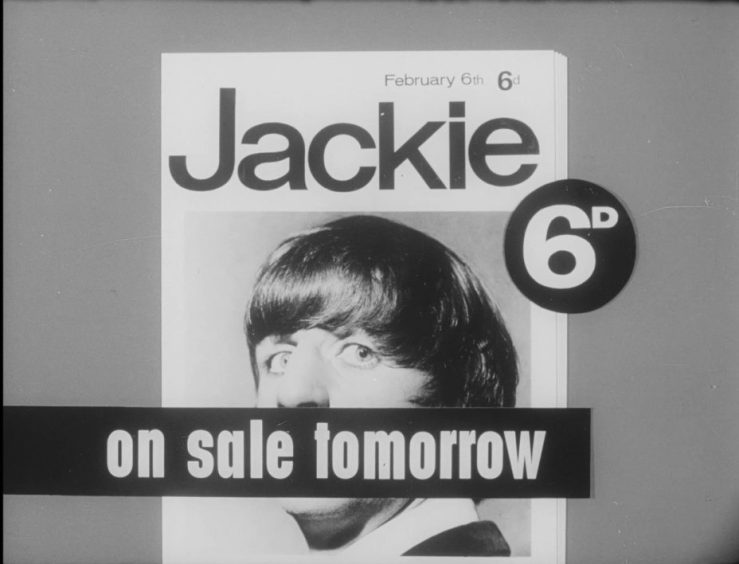 © DC Thomson
© DC Thomson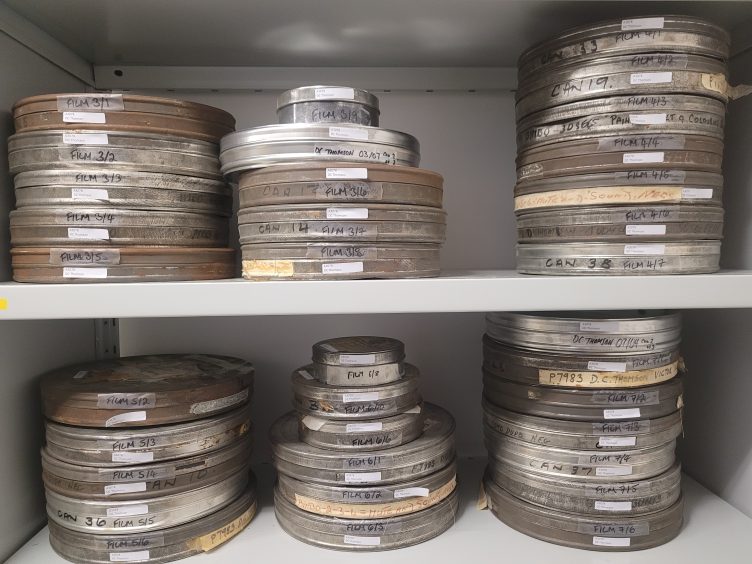
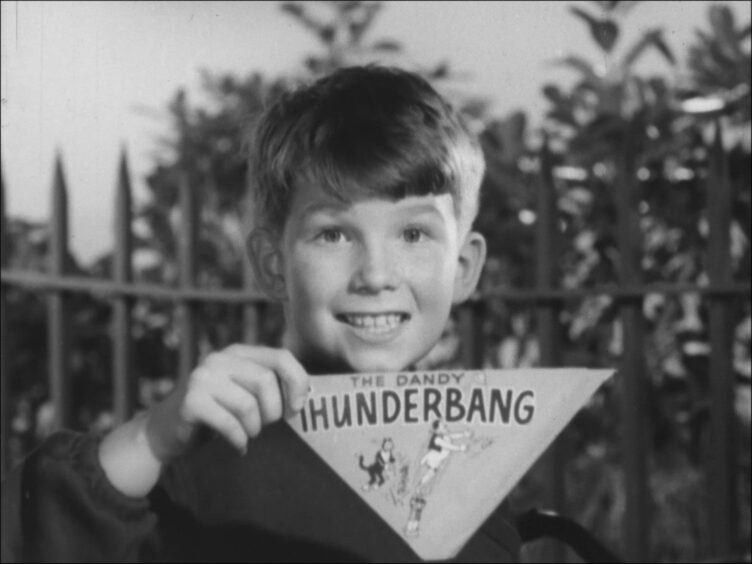 © DC Thomson
© DC Thomson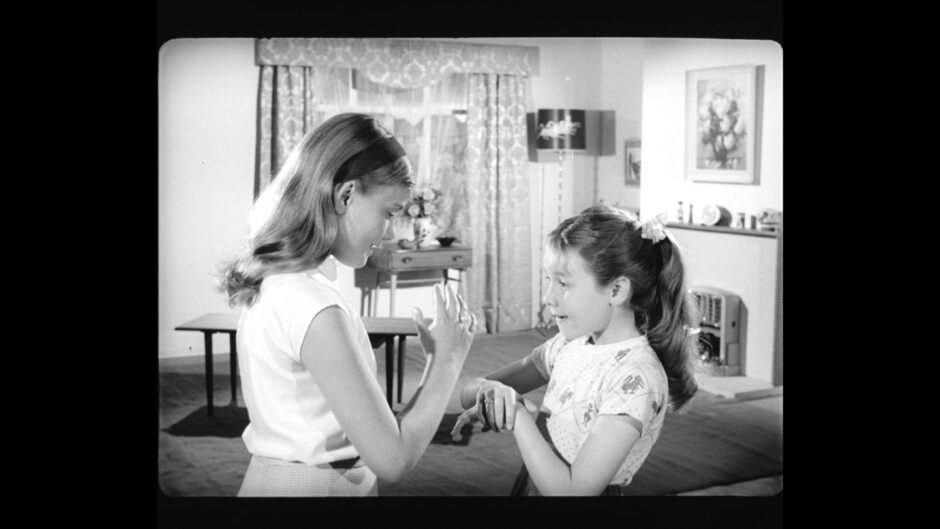 © DC Thomson
© DC Thomson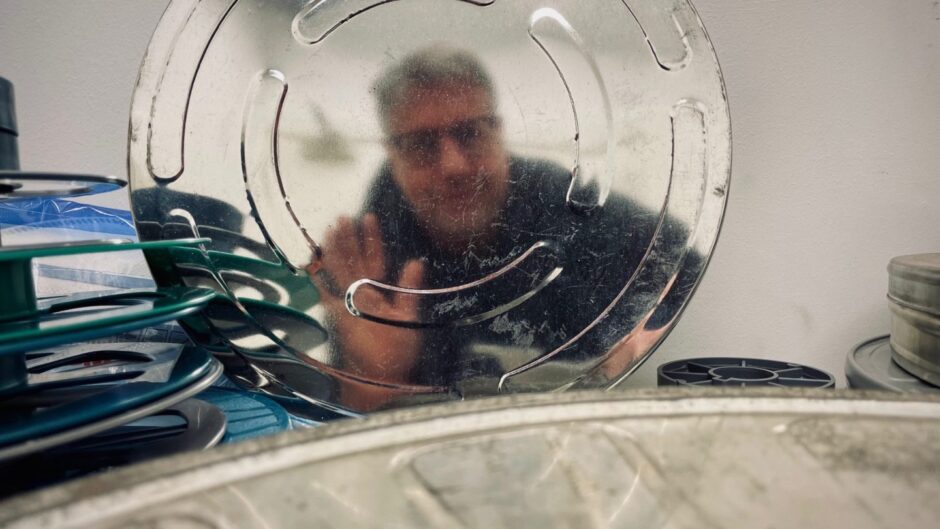 © DC Thomson
© DC Thomson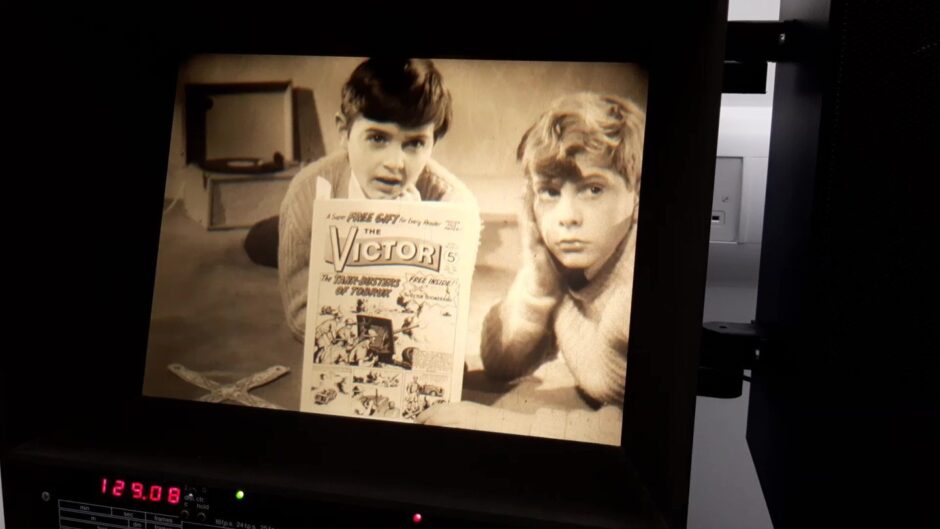 © DC Thomson
© DC Thomson